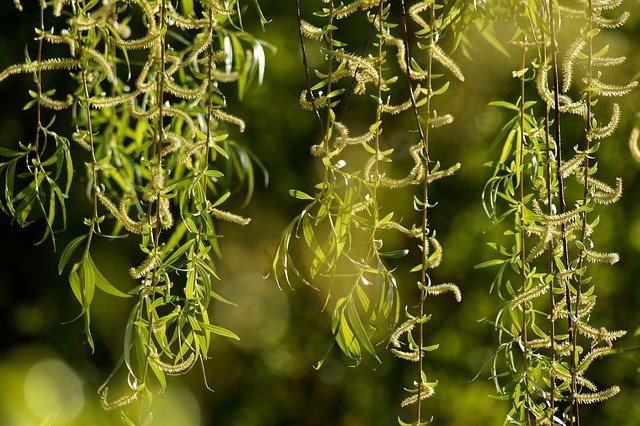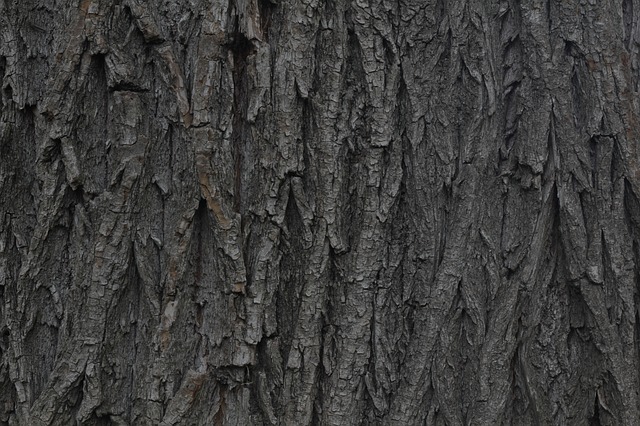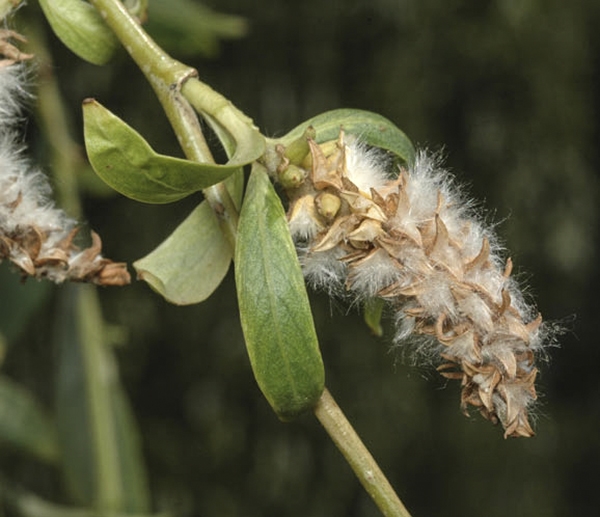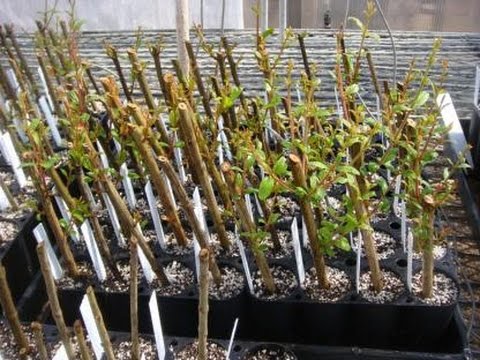


This guide is meant to teach you how to propagate Weeping Willow (Salix babylonica) and hopefully make it easier for you to sell them at your own nursery.

Hardiness Zone: 4-10

Soil Type: Acidic or alkaline. Well-drained, loam, sand, and clay

Water: Normal. Loves water but also drought tolerant.

Exposure: Full Sun to Partial Shade
Weeping Willow (Salix babylonica) is a deciduous tree found growing all over the world. There are a few characteristics that can help you identify weeping willow.
How to Identify Weeping Willow
Bark
Weeping willow has smooth greenish-gray bark, which turns rough, cracks, and develops furrows as it ages.
When you look closely, you’ll see some small brown spots covering the young tree’s bark.
Leaves
Their leaves grow up to 15cm long in a lance shape, with a tip at the end, and slightly serrated margins. They grow in an alternate arrangement along the stems.
Flowers
Weeping willow flowering season is quite early, it can start from late winter and continue through spring. Their flowers are actually catkins, which are yellow in color, fluffy, and hang in all directions.
Habitat
Weeping willow likes to grow along riversides in moist sites. Its found in Asia, Europe, and North America but it is native to China. They are beautiful sights to see, they can form wonderful groves and make stunning windbreaks on riversides.
Note: It’s important to know that they are an invasive species in North America. Alternatively, you can plant native trees like black willow or bald cypress.
Lifespan: Wild Grown Vs. Home Grown
Wild Grown: Wild weeping willow on average has a lifespan of 50 years, but it can reach 140 years and beyond under optimal conditions.
Home Grown: When you grow weeping willow on home landscapes, you should expect a shorter lifespan. Generally, they can only be expected to live from 20-30 years.
Commercial value
Weeping willow lumber has limited value because the wood is fibrous. They do make good material for wood carvings though.
The branches are used to make rustic coat hangers and natural wooden boards.
They also make great shade trees for landscaping.
Wildlife Value
Weeping willow is a beneficial tree for a variety of mammals, birds, and insects.
For example, small mammals use their craggy cavities as shelter. Red squirrels like to eat the catkins in spring.
Some species of insects use the tree as a host, which provides food for nesting birds.
Weeping willows are amongst the first trees to flower in the spring, they provide the first sources of nectar and pollen for many insects.
Best Way to Propagate Weeping Willow
How to Propagate by Seed
One sure way to propagate weeping willow is by planting its seeds.
Here’s how you can do it:
Unlike many tree species, weeping willow doesn’t need to go through cold stratification. They can be planted right away and can germinate at any time.
Note: If you don’t want to buy willow seeds online, you can harvest some yourself.
How to Harvest Weeping Willow Seeds
You can get willow seeds from the capsules in the spring. It’s best to harvest the capsules before they break open, and ideally, that’s when they turn from green to yellow.
Inside each capsule you will find fluffy seeds but be careful, they get carried off easily by the wind.
Here’s what they look like:

Each capsule holds many seeds to harvest. All you need to do is to place them in a brown paper bag and wait for them to pop open.
Seed Storage
It only takes about 10 days for weeping willow seeds to lose their viability. At max, you can store the seeds for one month in a sealed container, kept moist in the refrigerator.
Weeping Willow Seed Germination
Since willow seeds germinate so quickly, you should plant them almost right away after harvesting them.
- Fill your propagation planter with sand or 50/50 sand/peat mix.
- Sow seeds and cover with thin layer of soil.
- Keep moist.
- They should germinate within 2 days.
How to Propagate Weeping Willow by Cuttings
The easiest way to propagate weeping willow trees is by taking hardwood cuttings. That’s new growth from the previous year that’s gone partly hard.
You can harvest weeping willow during fall or early spring every year.
Very important: Take your cuttings only from young, healthy plants. Older trees lose their ability to regenerate over the years.

Step 1: Harvest the Cuttings
- First, identify branches that are new growth from the previous year, they should be still on the green side. Note: You can take a whole branch and make multiple cuttings from it.
- Snip the branch just below a node, make sure the width of the cutting is not too thin, 1/4″ to 1/2″ width each is fine.
- Snip off the smaller branches shooting off the main branch, then cut your branch into cuttings 6-8 inches long each. Always snip below the nodes.
Step 2: Root the Cuttings
Weeping willows cuttings will root in water, here’s how you can do it:
- Place your cuttings into some mason jars with 2-3 inches of water in them.
- Make sure the cuttings are the right way up, look closely which way the leaf nodes are growing to make sure they’re not upside down.
- Place the cuttings in a spot with indirect sunlight, not shady but not right into bright sunlight.
- Weeping willow cuttings should root within 2 weeks, after this you can transplant them into regular potting soil.
After your willows have built visible roots, transplant them into individual pots so they can establish their roots.
Note: Make sure to remove any leaf bud that will be sitting below the soil level. Push about half of the cutting under the soil.
Recommended Soil Mix: Peat moss, sphagnum moss, mulch & compost. No need to fertilize at this stage.
From this point, always keep your soil moist. If their roots dry out, this will kill the cuttings. Water them every day for the first 2 weeks, then reduce watering to every 2-3 days.
How Fast Does a Weeping Willow Grow?
Once your weeping willows are established, they can grow from 3-4 feet every year! That’s insanely fast, under the right conditions you can turn your cuttings into full fledged trees within 2-3 years.
How to Make a Weeping Willow Tree Grow Faster
Here’s the magic about this, making weeping willow trees grow faster is easy, all you have to do is prune it! Naturally, this is awesome for us because we’ll be pruning them for cuttings!
The best time to prune is exactly the same time we want to be taking cuttings, early spring or late fall.
Don’t be afraid to prune them back far down, this will actually trigger vigorous growth rather than hurt it.
Of course, we’ll only be taking cuttings from trees that are already established, not some young cuttings.
Personally, I like to plant some trees into the ground in an area dedicated for plant propagation. These become my future mother plants for weeping willows.
That’s it, that should have covered everything you need to know.
Let’s go propagate weeping willows!

Got any questions or tricks to add? Don’t be shy to comment below and spark up a conversation!
